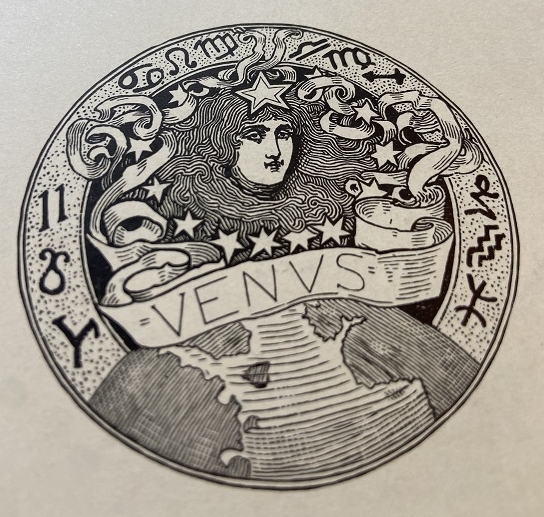
Library Acquisitions Spotlight 2021 Part 1
Library Acquisitions Spotlight 2021 Part 1

Even though the pandemic has persisted longer than anyone wanted, the Niels Bohr Library & Archives has steadfastly continued to acquire exciting books for the collection. Please enjoy this selection of our acquisitions for the first half of 2021, featuring astronomy, books that bring underrepresented voices and regions to light, the search for extraterrestrial intelligence, domesticity in science, and much more. Descriptions in quotes are from the book’s publisher unless otherwise noted.
John Herschel, Outlines of Astronomy, 6th ed., 1859
Though we have the 1851, 1858, 1874, 1887, and 1902 editions of this work, we are especially interested in John Herschel and this area of astronomy as well as collecting successive editions of texts to show how science and scientists evolved over time. In total, this work had 11 editions and was translated into many languages and was an important textbook of the era.
Photo Credit: Allison Rein
Evangelista Torricelli, Lezioni Accademiche ... Lettore delle Mattematiche nello Studio di Firenze e Accademico della Crusca, 1715
Torricelli was an Italian physicist and student of Galileo. He invented the barometer, studied optics and projectiles, discovered his eponymous law about the speed of fluids, and theorized on the cause of wind. This book, posthumously published, includes 12 lectures Torricelli delivered to the Academia della Crusca, the Studio Fiorentino, the Academy of Drawing. In his lectures, he said he was reporting on information conversations he’d had with Galileo himself as well as a layer of his own interpretation.
Caroline Haslett, The Electrical Handbook for Women, 1934
Continuing our interest in household physics, Caroline Haslett was an electrical engineer in the UK who thought electricity would empower women to pursue more than just domestic housework.
Check the image gallery at the bottom of the page for a photograph of a lecture kitchen.
Photo Credit: Allison Rein
Laura Austin Dickinson, Pen Pictures, 1937
You may be familiar with Laura Austin Dickinson and her work from this blog post. Thanks to a fan of this very blog (shoutout to Ben!) we discovered a copy of this book for sale and pounced on it.
Photo Credit: Allison Rein
Captain William Henry Smyth, Cycle of Celestial Objects, for the Use of Naval, Military, and Private Astronomers. Volume 1: Prolegomena; Volume II: The Bedford Catalogue., 1844
Smyth was a British Royal Navy Officer in the early 1800s, he spent time in the Napoleonic Wars and surveying the coastline of Sicily. While in Sicily he visited Italian astronomer Guiseppe Piazzi’s observatory, which sparked his own interest in astronomy. He built his own observatory and spent over a decade observing the skies. The result was this two volume work, which won him a Gold Medal from the Royal Astronomical society. We are particularly interested in observational astronomy like this from the 19th century.
Eliza Bowen, Astronomy by Observation, 1890
This book overlaps a few of our collection interests: physical astronomy (especially in the 19th century), scientific education and pedagogy, and women in science. Eliza Bowen wrote this textbook for high school students that emphasized first hand observation and critical thinking. The introduction is directed to teachers themselves, while the rest of the book is written for students. This updated and expanded third edition also includes answers to some frequently asked questions about how to implement a curriculum around both book studying and personal astronomical observations.
Check the image gallery at the bottom of the page to see the table of contents and other illustrations from the book.
Photo Credit: Allison Rein
Susan and David S. Siegel, A Resource Guide to the Golden Age of Radio: Special Collections, Bibliography, and the Internet, 2011.
Some of NBLA’s audiovisual collections are featured in this book. “For anyone researching any aspect of radio history or radio's impact on the daily lives of four generations of Americans from the 1920s-1960s, this first-ever guide to 3,800 primary and secondary sources focuses on radio history and radio's contribution to America's cultural heritage [in those years].” From Communication Quarterly, Spring 2006.
Thato Motlhalamme, Holding The Knife's Edge: Journeys of Black Female Scientists, 2020
“To be born in a developing country is like competing in a race with your arms tied behind your back. To be born a female in a developing country is like competing in the same race with your arms tied behind your back and blindfolded. An African child faces many barriers to education, health and social welfare. Yet, despite all these hurdles, some children grow up to become industry leaders in fields that seemed beyond reach in their childhood. Authors Thato Motlhalamme and Evodia Setati follow the journeys of 14 award-winning and pioneering black women in Science. ”
Donald Optiz, Domesticity in the Making of Modern Science, 2015.
“The history of the modern sciences has long overlooked the significance of domesticity as a physical, social, and symbolic force in the shaping of knowledge production. This book provides a welcome reorientation to our understanding of the making of the modern sciences globally by emphasizing the centrality of domesticity in diverse scientific enterprises.”
Frank Drake and Dava Sobel, Is Anyone Out There? The Scientific Search for Extraterrestrial Intelligence, 1992
“A pioneer in the study of extraterrestrial intelligence chronicles his thirty-year search for intelligent life in the universe, which culminated in the NASA-backed SETI Microwave Observing Project.”
Marilyn Ogilvie, Marie Curie: A Reference Guide to Her Life and Works, 2021
“This encyclopedia examines Marie Curie’s life and contributions. The chronology provides a thumbnail sketch of events in Curie’s life, including her personal experiences, education, and publications. The Introduction provides a brief look at her life. The body of this work consists of alphabetical entries of people, ideas, institutions, places, and publications important in making of Curie as an important scientist. The final section of the book is a bibliography of both primary and selected secondary sources.”
Abena Dove Osseo-Asare, Atomic Junction: Nuclear Power in Africa after Independence, 2019
“Abena Dove Osseo-Asare speaks with a generation of African scientists who became captivated with 'the atom' and studied in the Soviet Union to make nuclear physics their own. On Pluton Lane and Gamma Avenue, these scientists displaced quiet farming villages in their bid to establish a scientific metropolis, creating an epicentre for Ghana's nuclear physics community. By placing interviews with town leaders, physicists and local entrepreneurs alongside archival records, Osseo-Asare explores the impact of scientific pursuit on areas surrounding the reactor, focusing on how residents came to interpret activities on these 'Atomic Lands'.”
Steven Case, Making Stars Physical: The Astronomy of Sir John Herschel, 2018
“Making Stars Physical offers the first extensive look at the astronomical career of John Herschel, son of William Herschel and one of the leading scientific figures in Britain throughout much of the nineteenth century. Herschel’s astronomical career is usually relegated to a continuation of his father, William’s, sweeps for nebulae. However, as Stephen Case argues, John Herschel was pivotal in establishing the sidereal revolution his father had begun: a shift of attention from the planetary system to the study of nebulous regions in the heavens and speculations on the nature of the Milky Way and the sun’s position within it.”
Talking About Leaving: Why Undergraduates Leave the Sciences (1996) and Talking About Leaving Revisited (2019)
“Talking about Leaving Revisited discusses findings from a five-year study that explores the extent, nature, and contributory causes of field-switching both from and among “STEM” majors, and what enables persistence to graduation. The book reflects on what has and has not changed since publication of Talking about Leaving: Why Undergraduates Leave the Sciences (Elaine Seymour & Nancy M. Hewitt, Westview Press, 1997). With the editors’ guidance, the authors of each chapter collaborate to address key questions, drawing on findings from each related study source: national and institutional data, interviews with faculty and students, structured observations and student assessments of teaching methods in STEM gateway courses.”
Laura Gehl, Always Looking Up: Nancy Grace Roman, Astronomer, 2019
“This empowering picture book biography tells the story of Nancy Grace Roman, the astronomer who overcame obstacles like weak eyesight and teachers who discouraged women from pursuing astronomy to lead the NASA team that built the Hubble Space Telescope. A testament to women in scientific careers and a record of an important NASA milestone.”
Also used in our Ms. Frizzle dresses as physics texts Twitter thread.
Annette Froehlich et al., Space Supporting Latin America: Latin America’s Emerging Space Middle Powers, 2020
“This book examines the background and context of Latin America's political and socioeconomic landscape with a focus on space activities. Firstly, it discusses Latin America's contribution to this sector from an international relations perspective, and explores the debates around the establishment of a Latin American Space Agency...The second part is devoted to the national space infrastructures and space activities of Latin American states...This timely book is of interest to scholars and professionals working in the space field, especially those in Latin America and other emerging countries.”


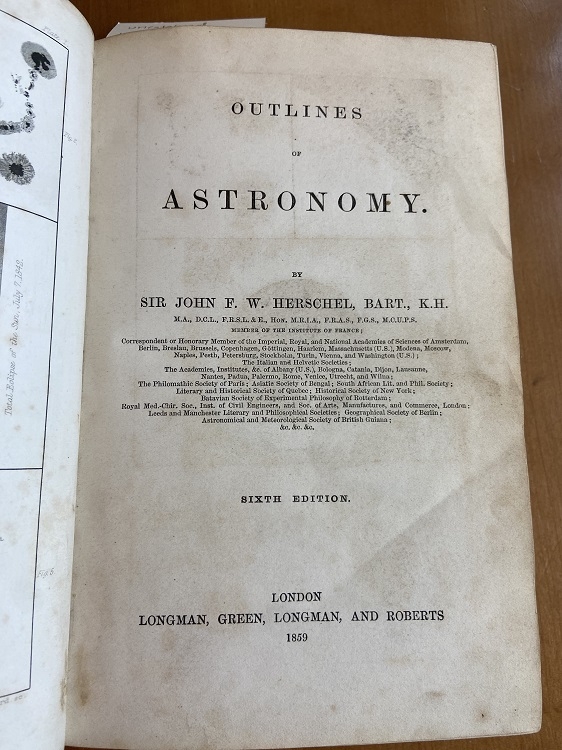
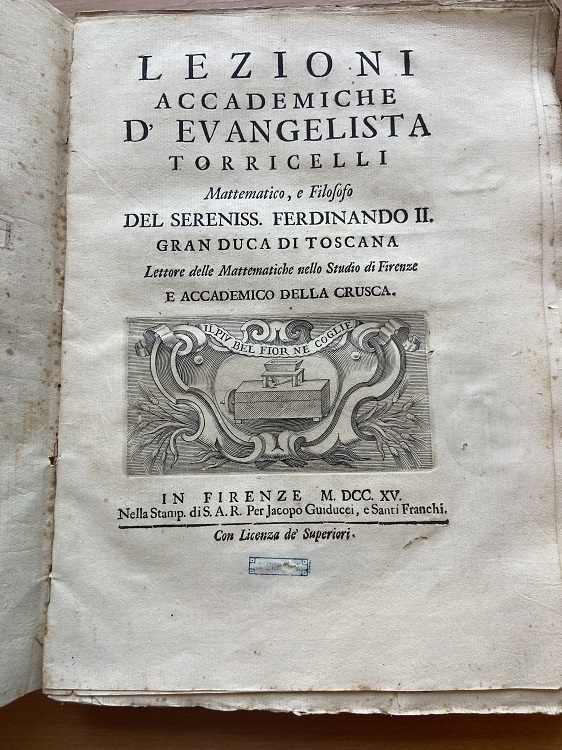
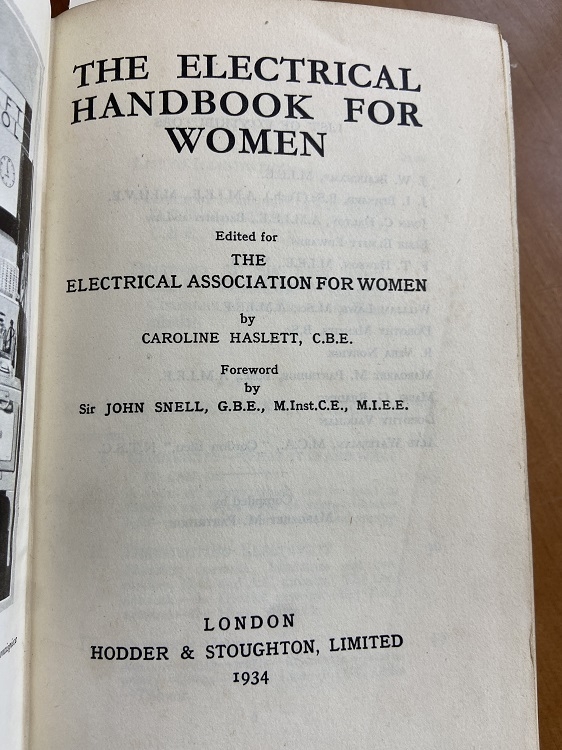
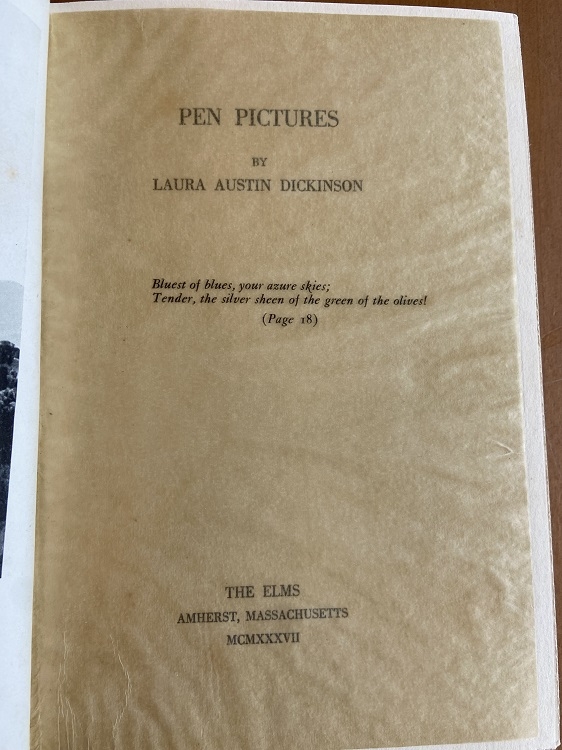
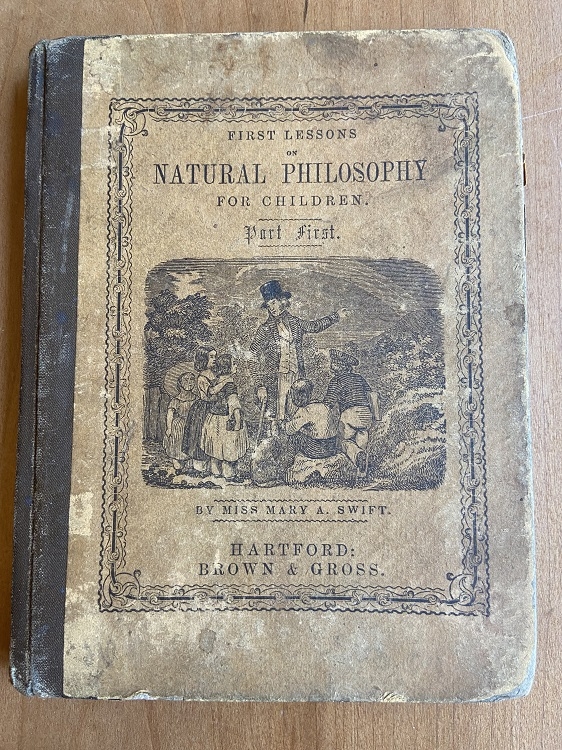
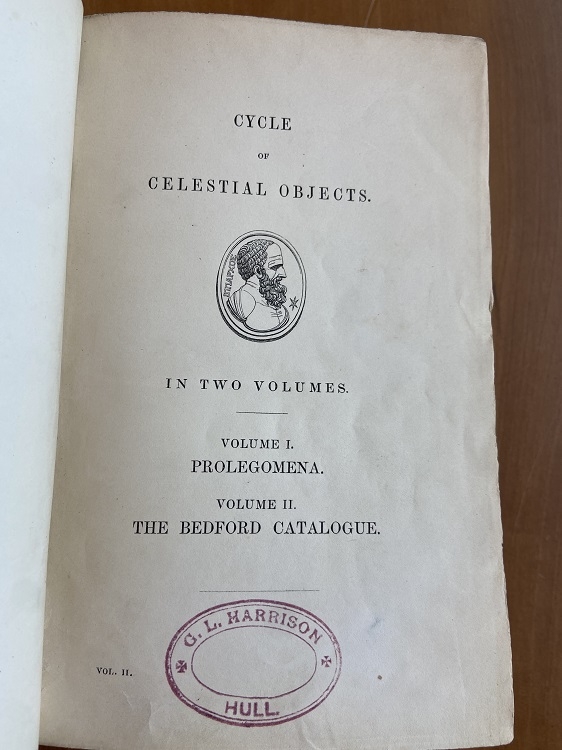

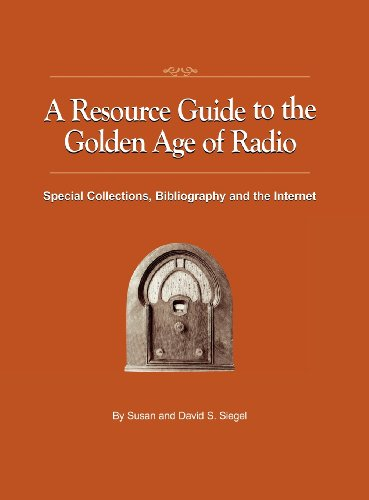
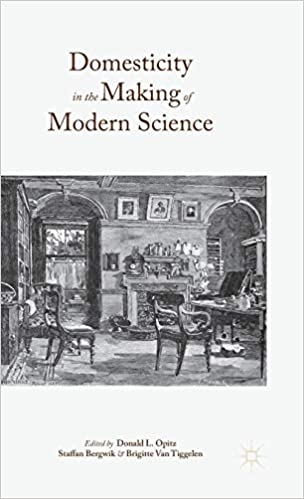
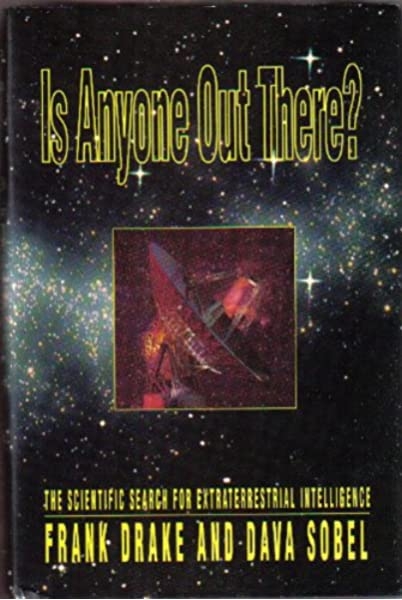
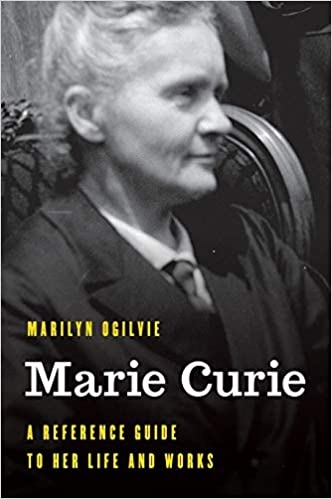
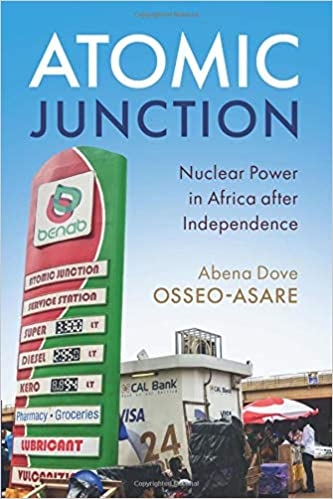
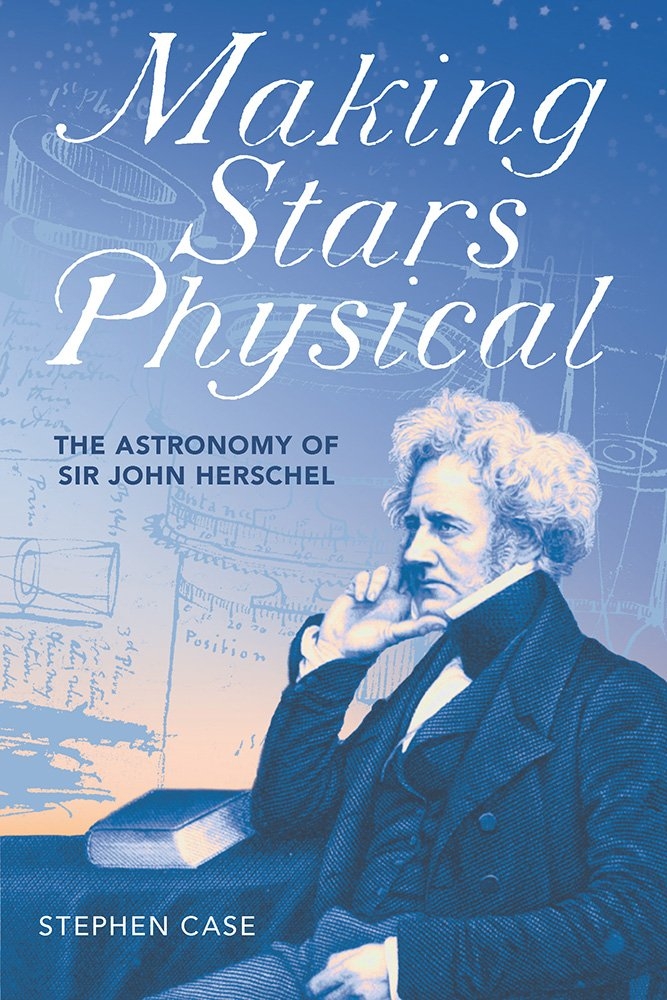
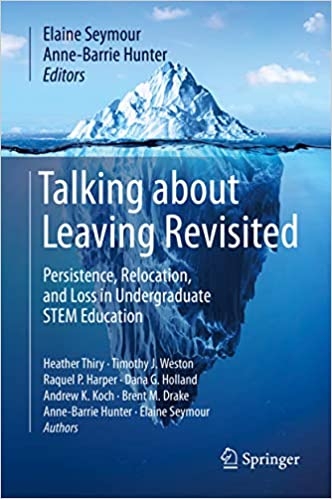

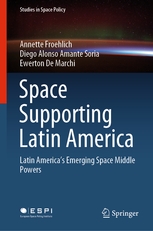
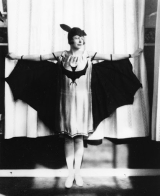
Add new comment